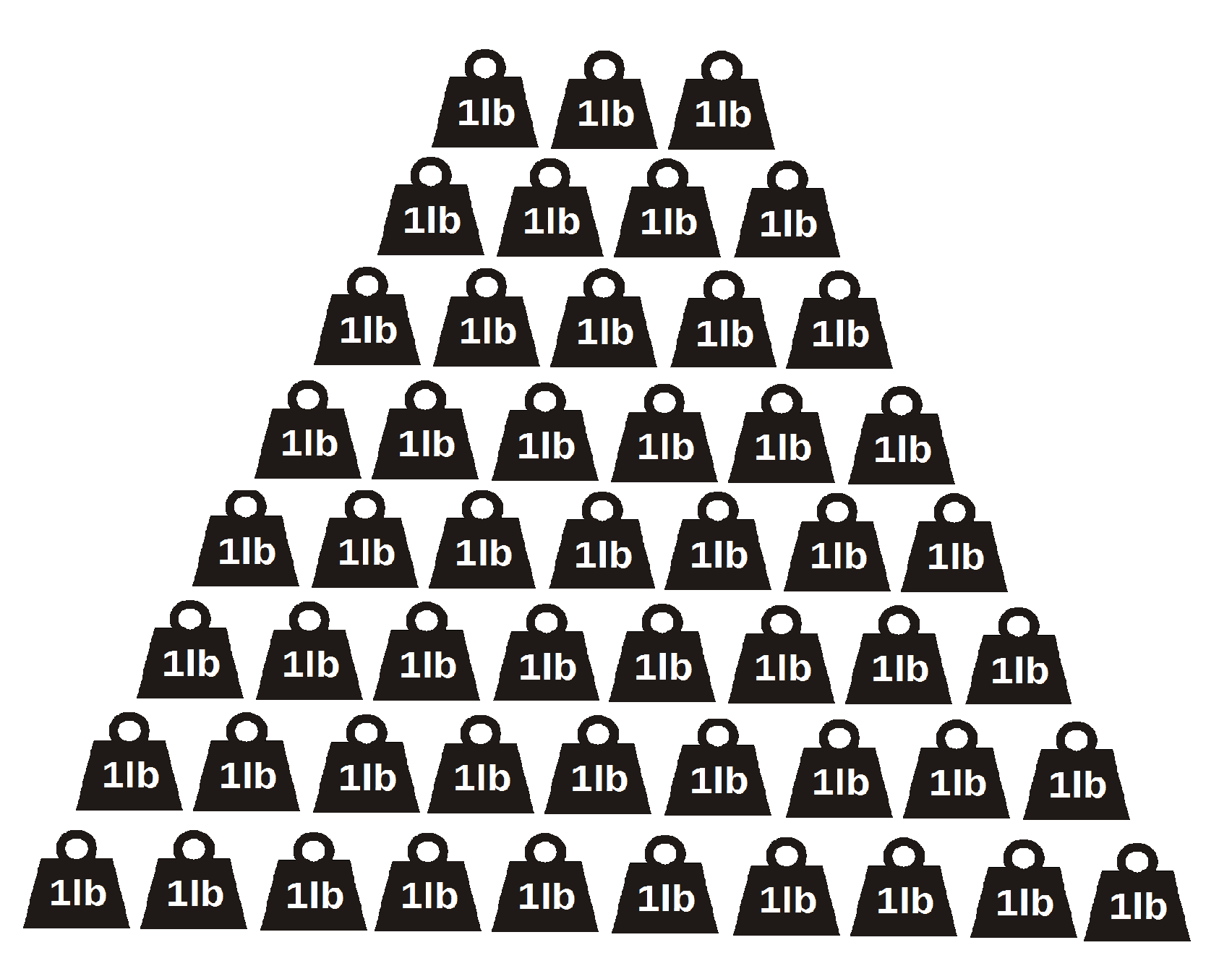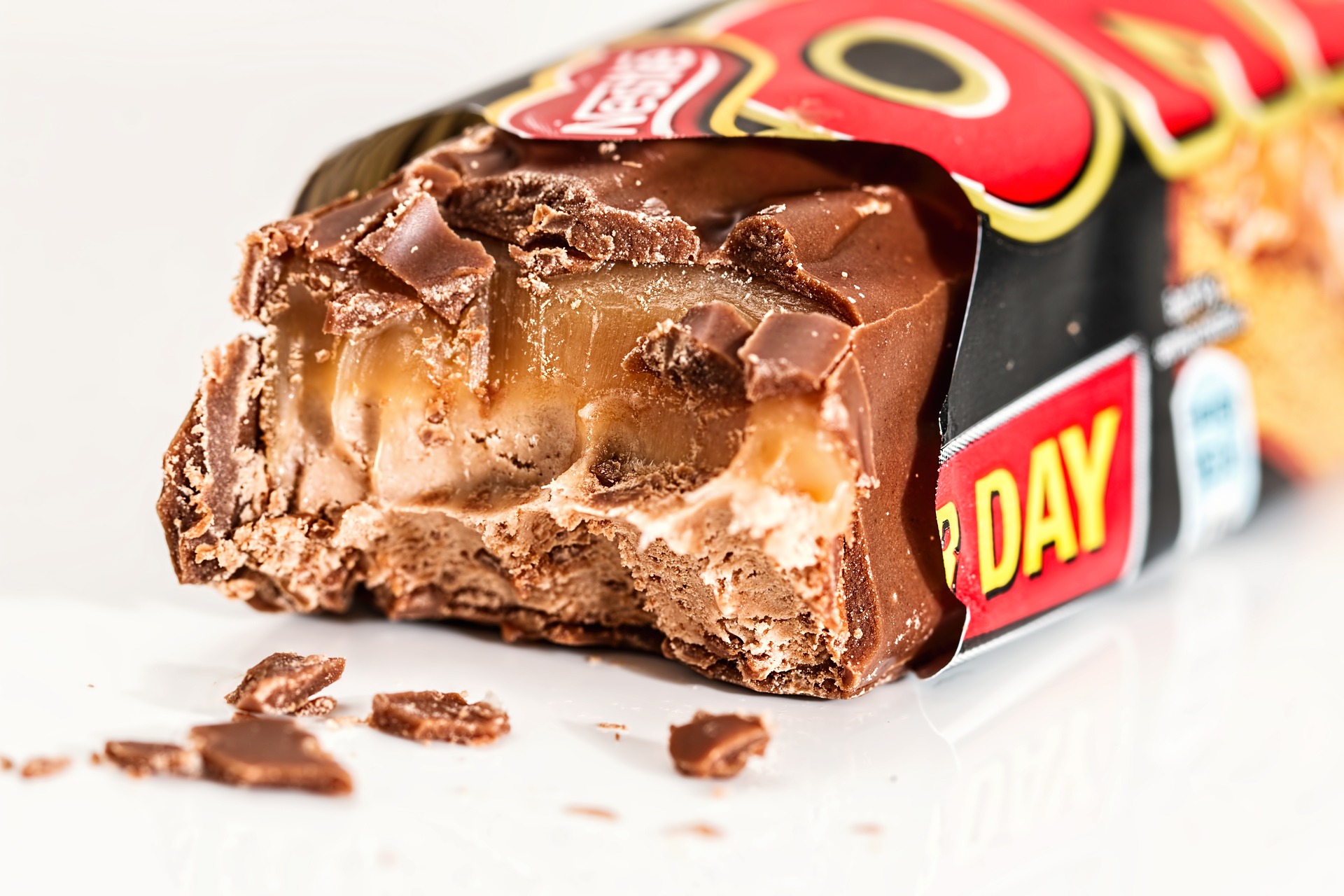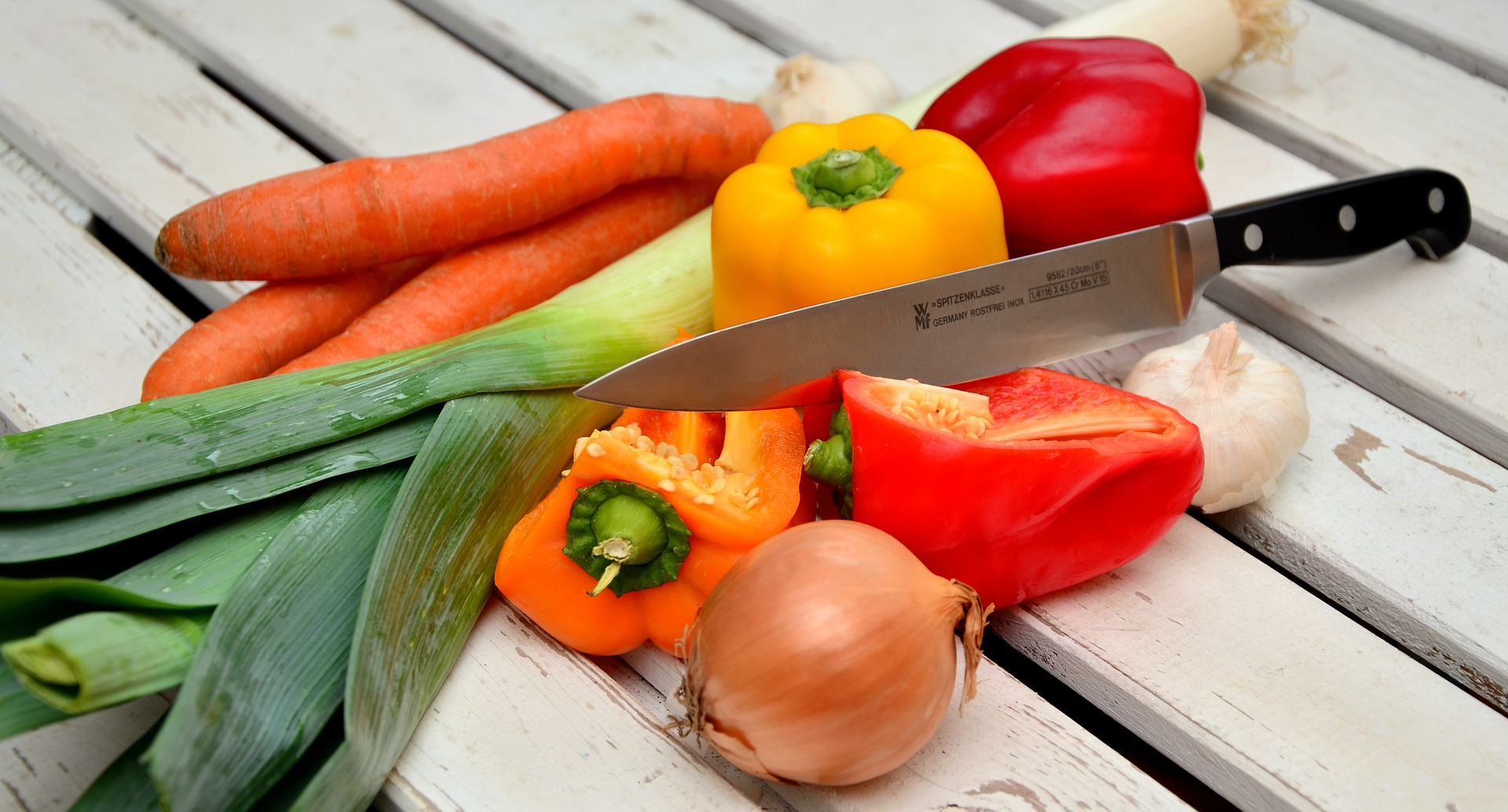Here you will learn all the basics for losing fat and gaining muscle.
Lesson 3 – Calories Needed To Lose Fat Not Muscle
In Lesson 2 I set some guidelines for Protein, Carb, Fat and Total Calories, and set my own targets which i’ll put below:
Workout Days: Protein (140 grams) – Carbs (290 grams) – Fat (75 grams) – Total Calories (2400)
Rest Days: Protein (140 grams) – Carbs (160 grams) – Fat (110 grams) – Total Calories (2200)
These are my own daily targets if I want to maintain my current weight. How do I know this? Because I’ve tracked my weight for several weeks, and using these numbers my weight has been steady.
If you are hitting your calorie target, see what it’s doing to your weight. Start off by weighing yourself twice a week. Your weight fluctuates by 3 or 4 lbs in a single day so the best way to get consistent readings is to weigh yourself first thing in the morning, before breakfast and in the same clothing (or naked).
Even then you will need several weeks of data to tell what direction it’s going, or if it’s steady.
Weight Loss
Your first week of weight loss should be the most successful, because you lose water weight which is normally a few lbs in itself. After that an average of half a kilo, or a pound a week, is a good target. Even an average of half a pound a week will make a difference.

Losing a pound a week is 52 pounds a year, which is almost 4 stone. That’s a realistic rate, so don’t worry if some guy on the internet lost twice that in half the time. Weight loss isn’t a competition.
Did you know 95% of people who lose weight will put it back on within 5 years?
Effective weight loss is more about building habits. In fact if you think about it, the longer your weight loss journey takes, the longer you spend building healthy eating habits.
If you aren’t losing weight, drop your daily target by 200 calories. You might hear people say “drop it by 500 calories”, that’s because 500 a day for 7 days = 3,500 calories, or 1lb of fat.
While that’s great in theory, actually doing it is not that simple. If you do that on a Monday then by Thursday you’re 2,000 calories down on what you’re used to, which is like missing almost an entire day of food. Your body’s going to notice that, it’s going to get stressed, and you’ll end up binge eating.

Here’s a little sliding scale of calories a day. In the middle (X) is what you need to maintain weight. Either side, as I said in my video, you can go 200 calories higher or lower and your body won’t really notice.
That’s actually why most people are fat in the first place. They ate a little too much every day, and the weight gain snuck up on them.

So just like you’d notice if you ate 500 calories too much every day, you’ll notice if it’s 500 too few. For me on 2,400 calories a day, that would drop me to 1,900. I’d notice that pretty quickly. Instead I’ll drop it by only 200 calories to 2,200.
I can then either a) cruise along at 2,200 and take longer to reach my goal, or if I feel like my body has adapted to 2,200, I can b) lower it again to 2,000.
Protein
Now in terms of where those calories come from, you will want to keep your muscle, so protein intake stays the same. It can even be beneficial to increase protein slightly on a fat loss diet to preserve your muscle. It is very important that you keep your muscle, as that’s what burns so many of your daily calories. If you aren’t already you should definitely include some weight training or body-weight exercises when trying to lose weight.
Fat & Carbohydrate
In terms of fat, you need a minimum of one gram of fat per kilo in body-weight. If you’re getting above that level then you can bring it down, but we’ll assume it’s staying the same.
That means we’re taking our calories from Carbohydrates.
200 calories = 50 grams of carbs. The best time to cut carbs is when you’re not exercising. So before I was taking on 160 grams of carbs on rest days, that’s down to 110 grams.
On days I exercise I was on 290 grams of carbs, so that drops to 240. If I exercise in the morning I’ll take those carbs from dinner, because I still want to fuel my workouts. Vice versa if I gym in the evening I’d cut those carbs at breakfast.
New Workout Days: Protein (140 grams) – Carbs (240 grams) – Fat (75 grams) – Total Calories (2200)
New Rest Days: Protein (140 grams) – Carbs (110 grams) – Fat (110 grams) – Total Calories (2000)
Be aware there is also a minimum for carb intake in a day, and that’s around 100 grams. That’s because your brain runs on glucose, and if you have a job that’s mentally taxing you might need more than 100 as a minimum. If you dip below 100 grams of carbs per day you can experience:
- Trouble concentrating
- Difficulty thinking clearly
- Memory problems
- Irritability
- Brain Fog
Here’s a simple example of reducing your carbohydrate:
- If you have a bowl of oatmeal every morning, maybe change that to a four egg omelette to cut your carbs for the day.
- If you’re exercising in the morning then you should still have oats in order to fuel your workout. Instead, maybe cut down on the rice or pasta portion at dinner, replacing it with lots of fibrous vegetables.

Remember vegetables are a great way to add to the volume of food you eat, which is going to limit any feelings of hunger you might experience.
In Lesson 4 I’m going to cover how to manipulate calories to gain muscle.
